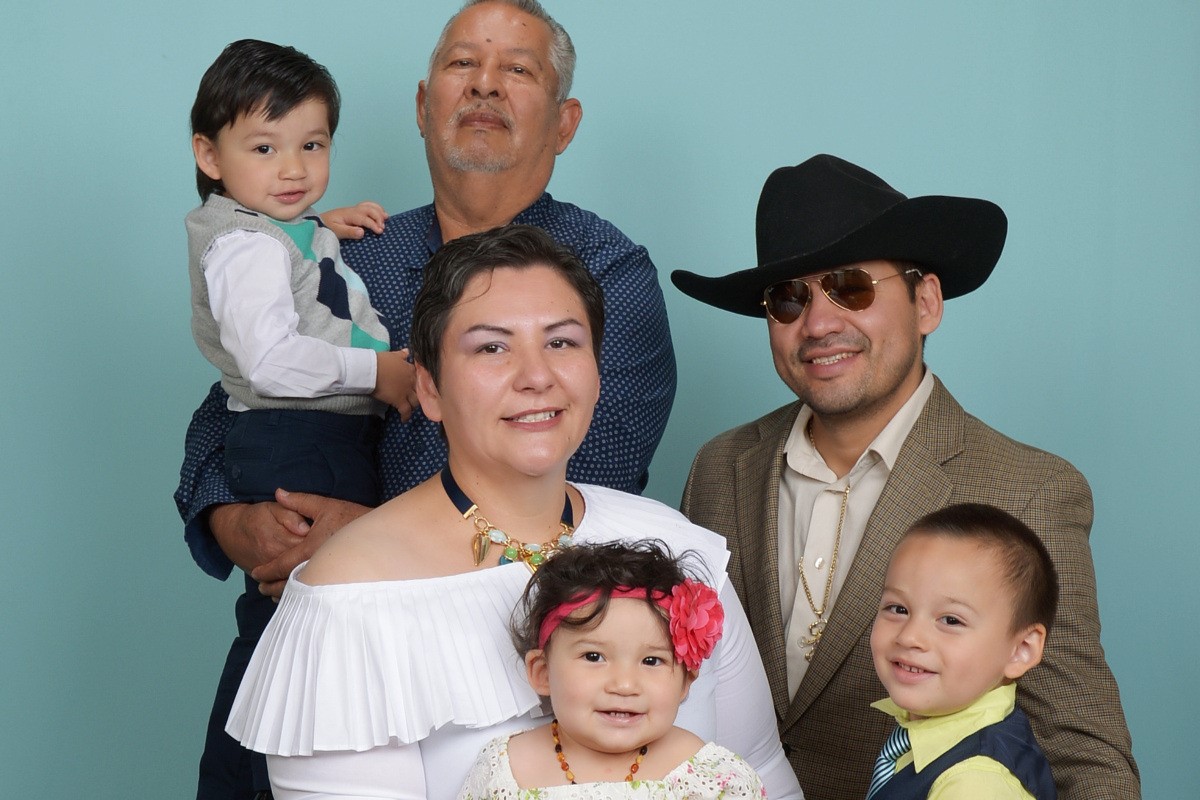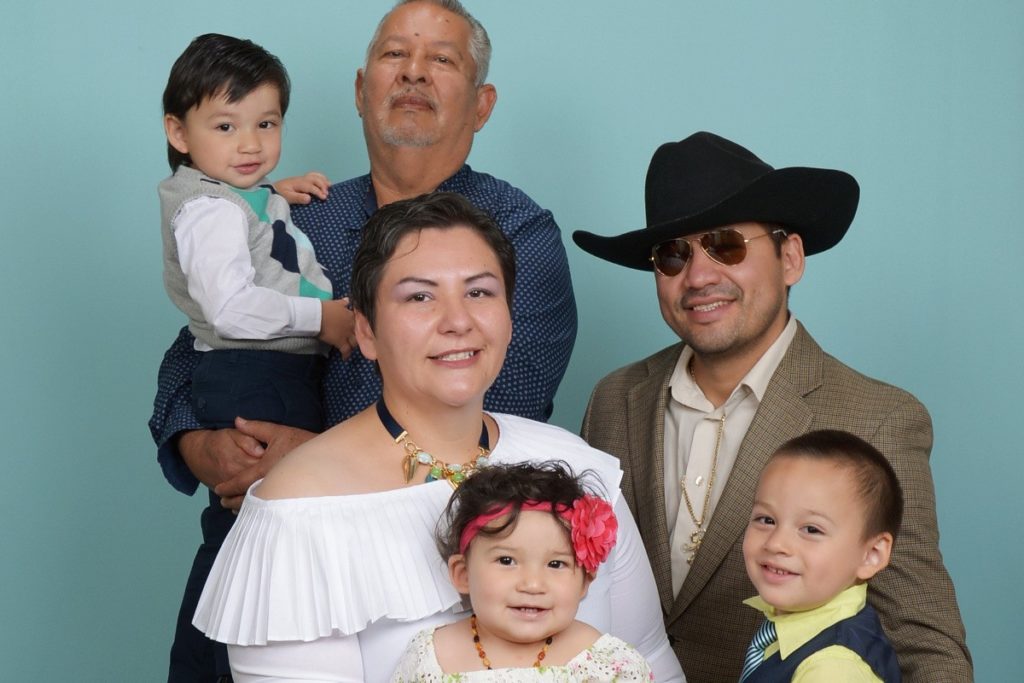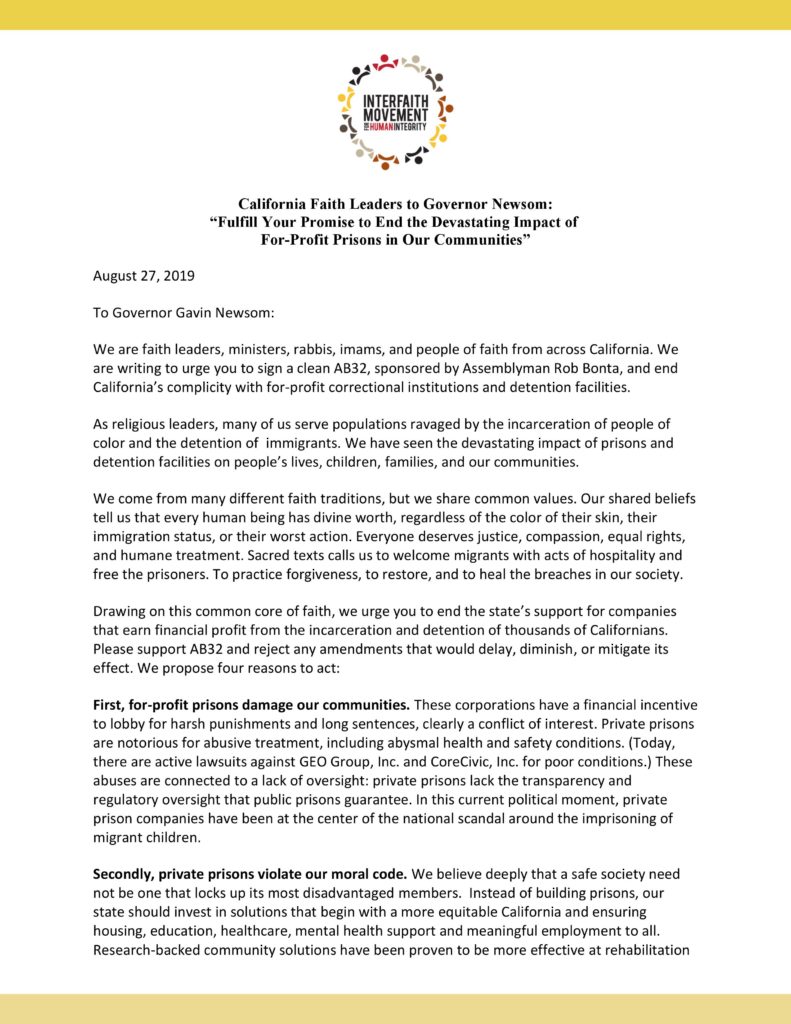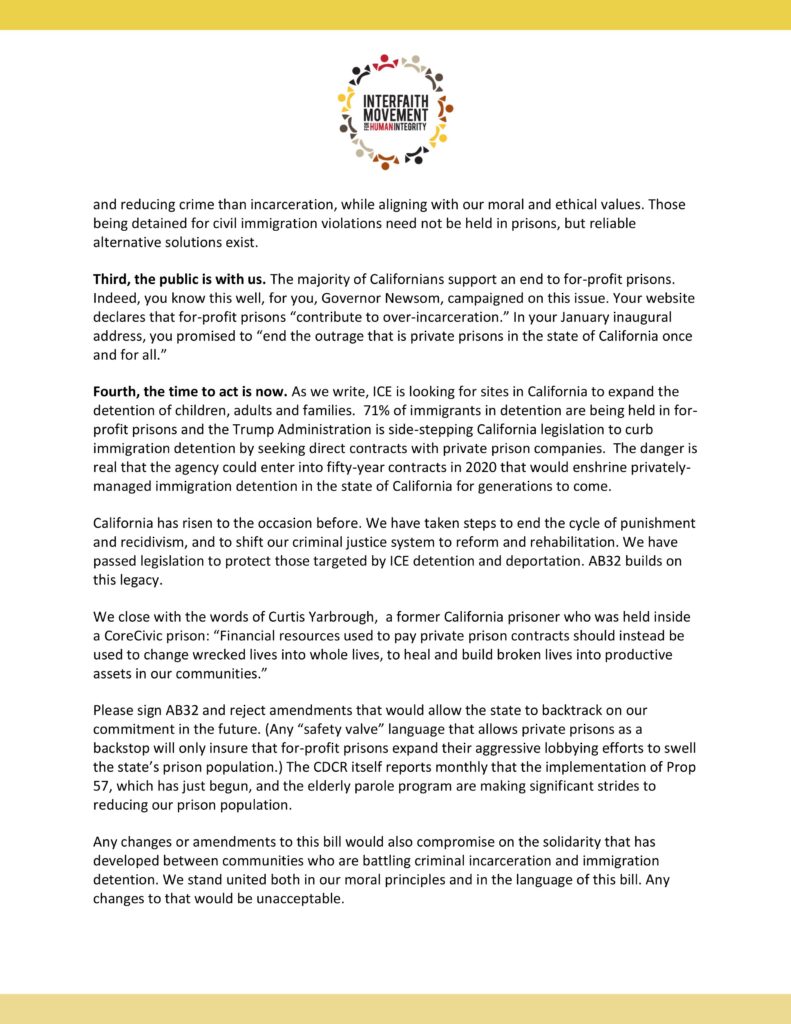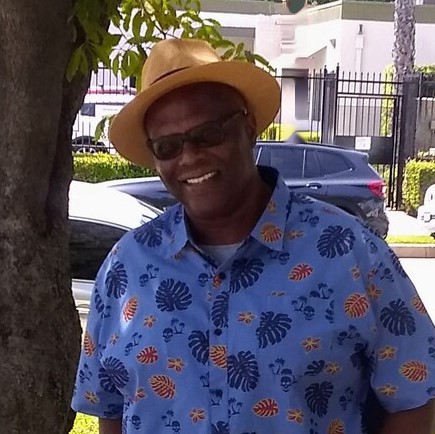
In 1999 (and again in 2005) I was housed in pre-trail with the Feds at the CCA of Arizona. Of course, with all the negative scrutiny, Corrections Corporation of America has since (2016) changed its name to CoreCivic…claiming to transform their business from largely corrections and detention to a wider range of government solutions. Quite frankly, through my own personal up-close and personal observation, this organization would fold up overnight, if not for Immigration and Customs Enforcement.
At the time of my first housing experience, the structure of CCA was no different from any prison compound I had been in. The outer façade was sterile, with layers of barbed wire gates and electrically charged fencing. The inside of the reception and departure (RnD) area was ALL concrete, with exposed cages (similar to dog kennels) for those going to and from… directly prior to being unloaded or loaded on the busses for Court proceedings. Immediately the feeling of human warehousing was overwhelming.
Once you get through the initial introduction phase(s) you are shuttled from holding tank (a little room with a single toilet in the corner) to holding tank, where they pack you in, till standing room only. You progress from tank to tank till you are finally assigned a housing location. At that point, you are stripped of what’s left of your personal belonging, and dressed in their hospital like scrubs.
Once you get to your assigned housing location, you then are placed in a Pod (an area with several rooms (for up to 150 inmates). The noise level was 15 on a 10pt scale, the air musty, the environment totally traumatizing. The CO’s in the bubble (an enclosed all glass area that allows Officers to view all movement in Housing area(s)) positioned in the front of the housing Unit are there for monitoring purposes ONLY. The whole atmosphere creates a base human sub-culture that breeds men, at many different levels, preying on other men. Survival of the fittest.
Although I was only in CCA (both times) for approximately 9 months, I couldn’t wait to get back to a Yard (Prison) where at least guys were bidding (doing their time) with some sort of regimented attitude…versus the helter-skelter, truly inhumane mentality, of day to day existence in the Private Facility. Recreation for an hour every other day (maybe) in an all dirt, and slab of concrete outside area. Maybe a basketball court. Community showers that are opened-faced to the housing Unit Common area, so NO PRIVACY at all. Room assignments are random, a minimum of 4 men, and as many as 16. And yes, there were times, due to temporary bed unavailability, that folks had to sleep on the floor.
Concerning the food, it was very bland, and other than chicken or burgers, basically undesirable. Of course they allow you, unlike State or Federal Prison Facilities, to spend well over $300 per month in the commissary. You can (at least back then) also buy phone cards and spend as much as you like with their phone system. A very intense cash machine.
Ford, General Motors, Chrysler, all of these have a commodity, cars. They are in business because they have this product. The Prison system is no different. You build a prison in the middle of nowhere, creating an economy. There is now of necessity a need for housing, for schools, for shopping, for entertainment, for every detail of what it takes for people to live (where there was NOTHING before) and thrive in a society. Building prisons, has been a fail-safe formula for jobs, and creating an economy where NOTHING was, prior to the prison. The 1980’s ushered in Prison Privatization. Private Companies like CCA capitalized on the Mass Incarceration that found firm footing in the Reagan Administration.
The call to action that is most needed is to completely rid all justice venues of mandatory sentencing guidelines. Every case is different and is deserving of a judge and/or jury’s scrutiny and hearing. Tough-on-crime laws do not work as the deterrent they were proposed to be. Despite the relief brought on my recent propositions (The Crack Law, federally, and The Calif State Prop 64), the swelling of prison populations is still astronomical, lending credit to the need for alternative housing.
Education instead of incarceration is the key. If you know better, you generally do better. Mentoring at a distance programs could be set up, and those who have successfully transitioned after lengthy prison careers could be certified easily, creating a Big Brother network that would cripple the recidivism statistics if seriously adopted. Resources being used to build more prisons, and to pay for Private Prisoner contracts could be used to change wrecked lives into whole, productive assets in our communities. Education, passionately presented, is attractive and will heal and build broken lives.
I will wrap this up by clearly stating that the sharing I’ve done is but the tip of the conversation. We need action, and we need to act now. At the end of 2016 there were approximately 2.2 million people behind bars in the US…including 1.5 million under federal and state prisons, and roughly 741,000 in the custody of the locally run jails. That amounts to a nationwide incarceration rate of 860 prison or jail inmates for every 100,000 adults 18 or older. These numbers were even higher between 2006-2008. Even with the notable decline, the whole “business” of incarceration over-rules the need to deal with the cruel and unusual warehousing of human beings for profit.
I have much more to share.
— Curtis Yarbrough

